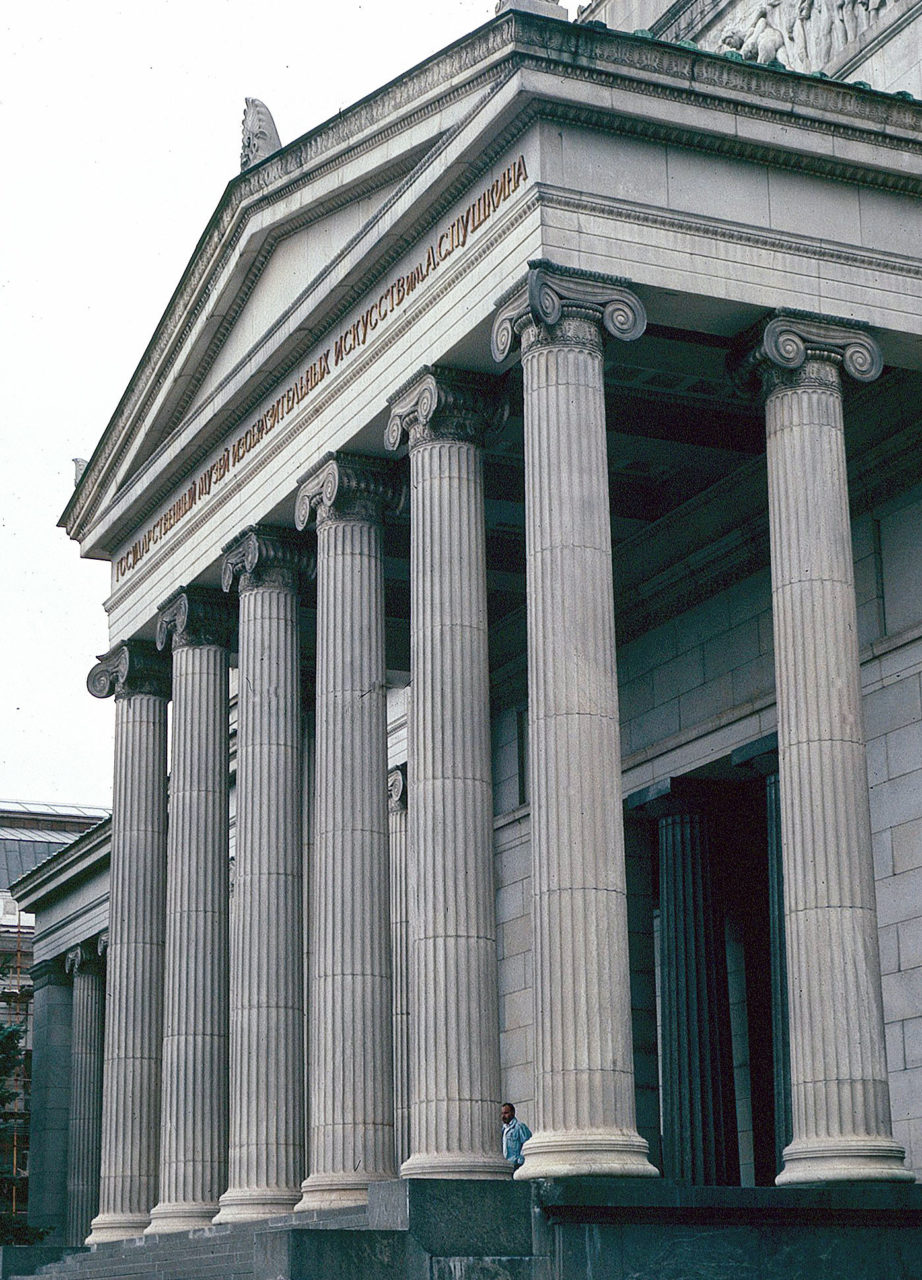CraftyFox
Well-Known Member
As a bit of an architectural nut, I love the responses on this thread. Very interesting reads! You guys quite committed at delving into the little details.
In regards to the controversy over the new creperie in the France Pavilion, it just seems kinda modern. It looks like the high end shopping center in my hometown.
In regards to the controversy over the new creperie in the France Pavilion, it just seems kinda modern. It looks like the high end shopping center in my hometown.
Last edited:




